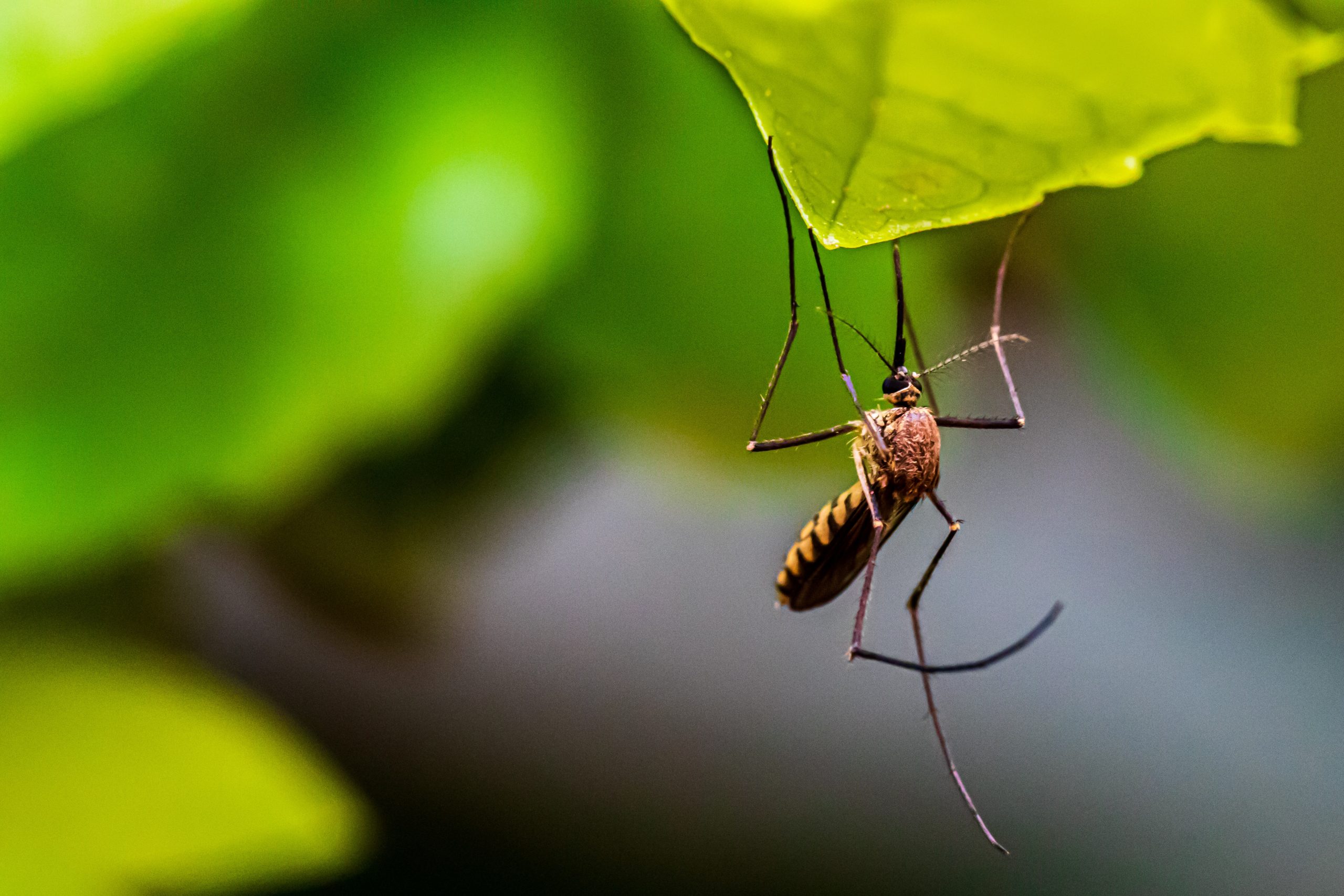Table of Contents
ToggleIntroduction:
Mosquitoes are small, seemingly insignificant insects that are often thought of as nothing more than a nuisance. However, they are actually one of the most dangerous animals on Earth, responsible for the deaths of millions of people each year. In this article, we will explore why mosquitoes are so deadly, what diseases they can transmit, and what can be done to prevent their spread.
The Anatomy of a Mosquito
Before we dive into the dangers of mosquitoes, it’s important to understand what they are and how they operate. Mosquitoes are small, flying insects that feed on the blood of humans and animals. They have long, thin legs and wings, and a long, thin proboscis that they use to pierce the skin and suck blood. They are able to locate their prey by detecting the carbon dioxide and other chemicals that humans and animals emit when they breathe.
The Diseases Mosquitoes Transmit
One of the main reasons that mosquitoes are so dangerous is that they can transmit a wide variety of deadly diseases. The most well-known of these is malaria, which is responsible for over 400,000 deaths each year, mostly in sub-Saharan Africa. Mosquitoes can also transmit other diseases such as dengue fever, yellow fever, chikungunya, Zika virus, and West Nile virus.
The Impact of Mosquito-Borne Diseases
The impact of mosquito-borne diseases is staggering. Malaria alone is responsible for billions of dollars in lost productivity and healthcare costs each year. It primarily affects children under the age of five and pregnant women, and can cause severe anemia, respiratory distress, and cerebral malaria, which can result in brain damage or death. Other diseases transmitted by mosquitoes can cause symptoms ranging from mild fever and headache to severe bleeding, organ failure, and death.
Mosquito Control Measures
Given the high toll of mosquito-borne diseases, it’s important to take measures to control their spread. One of the most effective methods is to eliminate standing water, which is where mosquitoes lay their eggs. This can be done by draining puddles, covering water storage containers, and cleaning gutters. Insecticide-treated bed nets and indoor spraying can also be effective in preventing the spread of malaria. Additionally, research is ongoing to develop vaccines and other new methods for controlling mosquito-borne diseases.
Conclusion
Mosquitoes may seem like a small and insignificant threat, but they are responsible for a staggering number of deaths and illnesses each year. By understanding their biology, the diseases they transmit, and the methods for controlling their spread, we can work to reduce their impact on human health. It is important that we continue to invest in research and education to combat this deadly threat.
Mosquitoes are often dismissed as a minor annoyance, but they are actually one of the most deadly animals on Earth. They transmit a variety of deadly diseases, with malaria alone responsible for the deaths of millions of people each year. Understanding the anatomy of mosquitoes, the diseases they transmit, and the measures for controlling their spread is crucial in reducing their impact on human health. By continuing to invest in research and education, we can work towards a future where mosquito-borne diseases are a thing of the past.








1 thought on “The Most Deadly Animal on Earth: Why Mosquitoes Are More Dangerous Than You Think”
Pingback: Tick Bites and Meat Allergy: Know More About Alpha-Gal Syndrome